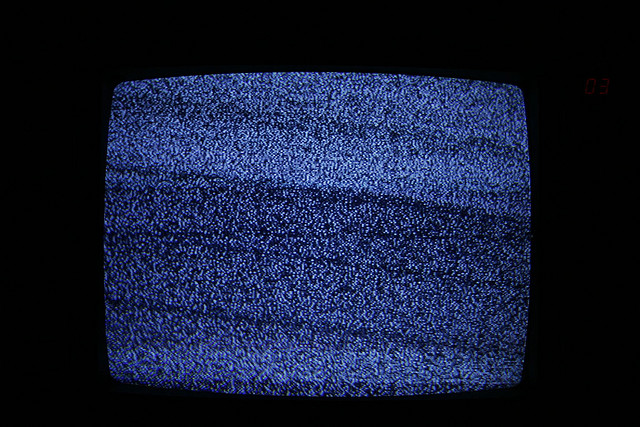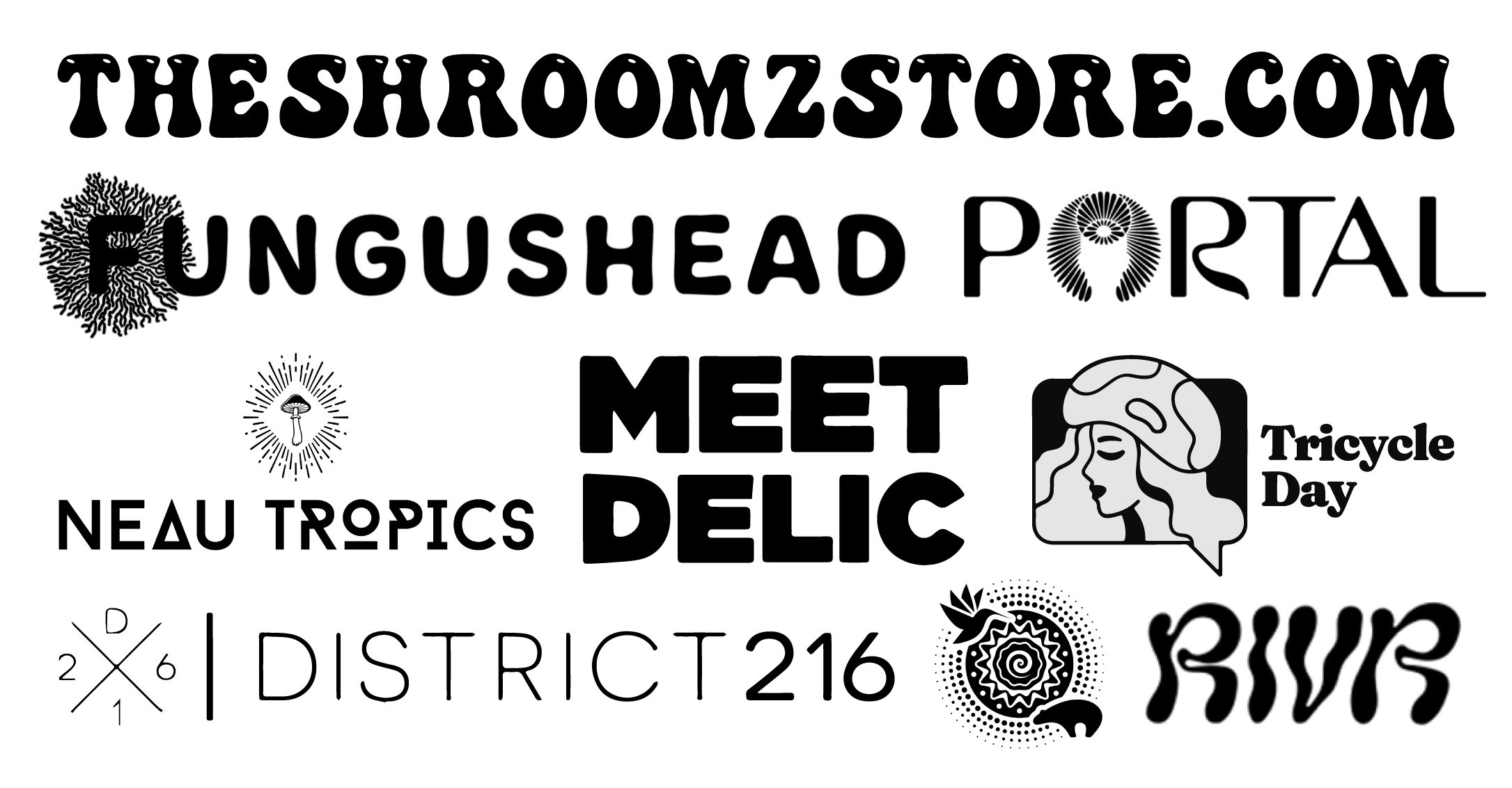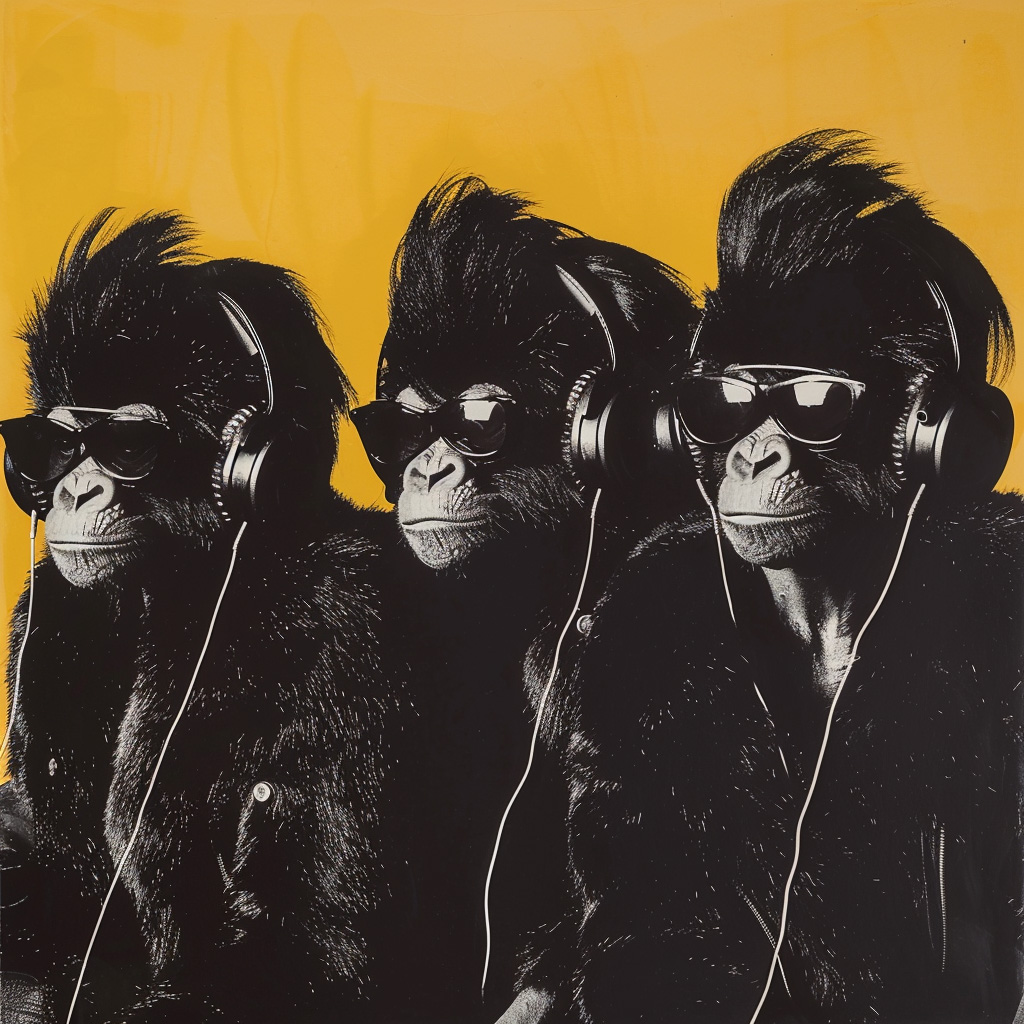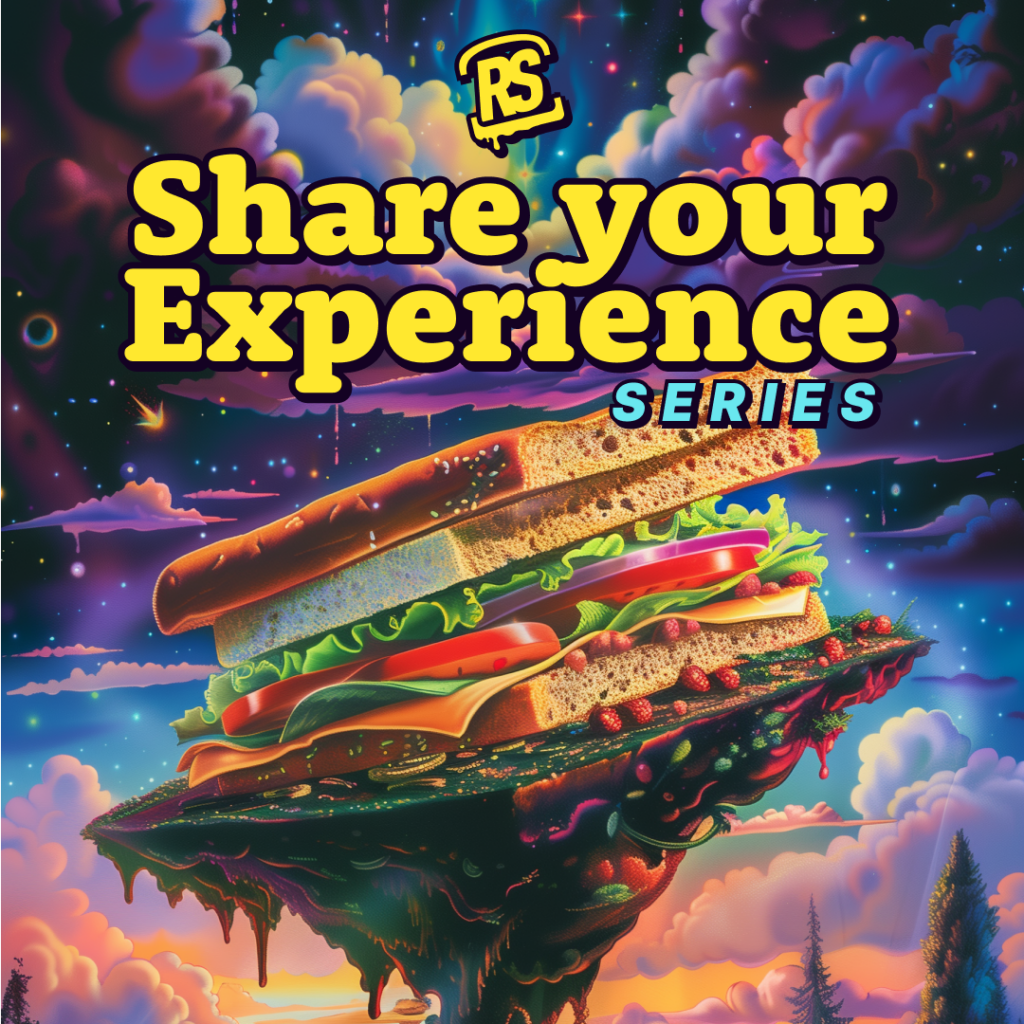I spent New Years day with my girlfriend, Lauren at Pt. Defiance Park in Tacoma, WA. It’s a massive city park, second only to Central Park in size within city limits. The park is densely wooded with old growth trees, mossy outcroppings and moist, bemushroomed forest floors. It is a magical place where, for a short while one can become invisible from the frantic world just outside its verdant borders. We took a little cannabis along with us and shared it as we walked, and as we did, the volume of the voices of the birds began to lift, the trees whirred in the soft breeze and the frost became more crisp on the logs, pine needles and ferns.
We stood there with our heads upward bent to peer between the endless interchange of branches from tree to tree, slowly turning our heads as if we were spinning the cylinder of some Gaian kaleidoscope and watching as the patterns changed. We each noticed as we found stars, squares and pentacles form and disappear as we turned our heads and it dawned on me that this is how we establish meaning in many ways. This led me to thinking about whether or not this is healthy when applied to ‘seeing the road signs of life’ as I so often employ in my life and decisions. A recent article in Scientific American (http://www.scientificamerican.com/article/patternicity-finding-meaningful-patterns/) explored what it is in us that tries to find meaning in the static and why it is/was useful in human evolution:
“Traditionally, scientists have treated patternicity as an error in cognition. A type I error, or a false positive, is believing something is real when it is not (finding a nonexistent pattern). A type II error, or a false negative, is not believing something is real when it is (not recognizing a real pattern—call it “apatternicity”). In my 2000 book How We Believe (Times Books), I argue that our brains are belief engines: evolved pattern-recognition machines that connect the dots and create meaning out of the patterns that we think we see in nature. Sometimes A really is connected to B; sometimes it is not. When it is, we have learned something valuable about the environment from which we can make predictions that aid in survival and reproduction. We are the ancestors of those most successful at finding patterns. This process is called association learning, and it is fundamental to all animal behavior, from the humble worm C. elegans to H. sapiens”
Kalopsia means seeing beauty where there is none, while Apophenia means finding order in chaotic patterns. Both terms hover near the same meaning while separating at the difference between foolish hope and the ability to perceive genuine meaning where others cannot; the place between these two is the realm of magick. It’s true that our brains look for patterns in the noise for very good reason:
“In a September paper in the Proceedings of the Royal Society B, “The Evolution of Superstitious and Superstition-like Behaviour,” Harvard University biologist Kevin R. Foster and University of Helsinki biologist Hanna Kokko test my theory through evolutionary modeling and demonstrate that whenever the cost of believing a false pattern is real is less than the cost of not believing a real pattern, natural selection will favor patternicity. They begin with the formula pb > c, where a belief may be held when the cost (c) of doing so is less than the probability (p) of the benefit (b). For example, believing that the rustle in the grass is a dangerous predator when it is only the wind does not cost much, but believing that a dangerous predator is the wind may cost an animal its life.
The problem is that we are very poor at estimating such probabilities, so the cost of believing that the rustle in the grass is a dangerous predator when it is just the wind is relatively low compared with the opposite. Thus, there would have been a beneficial selection for believing that most patterns are real.”
What we know is that our minds looks for patterns, or I might say ‘for meaning’ in the noise; this seems to be a given, but what is not given is the distinction and assignment of intrinsic value. Who decides what images we see are real, or unreal, meaningful, or meaningless? Which thought system, mechanistic, or spiritualist, will dictate the translation of the raw data we receive?
Think about this in terms of the spiritual path that many walk; they look for a sign from God, or the universe and run their lives on their translation of the patterns they see in the chaos of their lives. This kind of behavior can look like a fool’s errand to some and yet if our 5 senses are mechanistically what we measure our real experience by, then that would lead one to surmise that the pentacle in the branches was a ‘real’ experience, it is only the meaning that is up for debate. I try not to assert what ‘is” and ‘Is not’ in terms of some kind of true reality, but I do indeed live my life fueled by miracles, signs from the universe and the visions I receive in dreams and in the psychedelic experience. In fact, when thoughtfully obedient to these road signs drawn from the synchronistic occurrences, I find I am the most content, despite the tenuous nature of my living circumstances at any given moment.
Jean Gebser wrote the book, The Ever Present Origin, in which he demonstrated through works of antiquity the sharpening of human consciousness in a way that broadened our capabilities of perception and allowed us to experience nuances that we previously had no context for. If Gebser is right, then human perception is growing. Think of it like the evolution of television from black and white to Technicolor, to finer and finer details into HD and 4K and you can get a good example of what is going on. We are on a runaway train of compounding information and technology, but the advancing of our everyday habits do not match the exponential improvements in efficiency we see in our tech. We are primates flying at mach 5.
At every step of technological advancement, there has been a new discovery of the majesty of the natural; the mushroom cloud and the sacred mushroom both bloomed in the Western mind at relatively the same time. The tools we’ve needed have magically appeared in tandem with our technological advancement. There is a pattern emerging that runs parallel; the advancement of our tech and our conscious evolutionary advancement. These two themes have for many centuries traveled side by side, but seem to be accelerating at different speeds, meeting bell curves at divergent moments. Our perception can’t keep up with our speed. The lines are blurring; what was real before is not any longer by our standards real, and yet is becoming real again. The road ahead is a place between the lines of data and mingled like a single thread in the tapestry of all religious thought. The only way to see the light is in that sliver of space between lunacy and genius; that space between Kalopsia and Apophenia. This requires education, discipline, humility, but to navigate like leaders in this epoch of confusion we must also find meaning in those meaningless signs and see the path where others cannot. Be brave, my friends.















